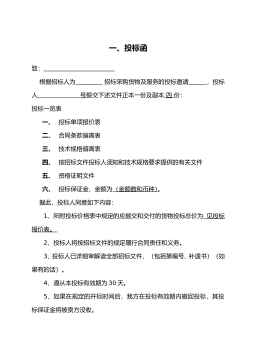ABSTRACT
Education development has special significance for accelerating the economy of a
developing country. The entry of WTO has brought the unprecedented development
opportunities and the challenges for our country’s education service. After China
entered WTO, Chinese education is confronted with problems how to be in line with the
international education market as soon as possible and realization educational
production and globalization. Current status of development and the problems of our
country’s education service ought to arouse attentions. The international education trade
in service has reflected country education industry competitive power profoundly. Our
country has already fully opened the service trade market at present and the education
trade in service have had a very big development during the past more than 5 years,
especially the export and import amounts of educational trade in service of consumption
abroad. However, we still have considerable gap compared with the developed countries.
The adverse balance of education trade in service is obvious and this trend will enlarge
further. Therefore, we should make full use of the opportunities that WTO provides and
take active countermeasures. On the one hand , through introducing abroad high-quality
educational resources and attracting investment by cooperation in running schools,
making use of abroad advanced pattern, management system and experience of running
schools, we can perfect higher education of our country; On the other hand, through
increasing itself educational input, transformation the functions of government and
adopting active education development guidelines and macro-policies, we can
accelerate the pace of educational reformation, change educational environment and
attract more foreign students. This is our development direction of our educational trade
in service that strengthening our education competition on international market and
coming to export expansion through development of educational trade in service.
On the basis of consulting a large amount of documentary materials including
pedagogy, economics, Principles of Management, law, international trade and so on, this
paper discourses the development of our educational export though using the methods
of literature review and comparative study, aimed at strengthening competitive power of
our educational service export. The paper sets off from basic concepts such as serving,
serving trade first and then introduces connotation of national trade in service of GATS
and relevant background information that WTO member countries promise to open
educational market. Then, it sets off from four kinds of provided forms, analysis the
export current situation of our educational export through making use of available
statistics data. Based on these, the paper gives us a comparative research on competitive
power of educational service, export scale, export price, policies and measures
compared with education developed countries through indices of EMS, TC, RCA from
both quantitative and qualitative aspects. It analyzes comparative advantages and
disadvantages of our educational trade in service, discusses close connections between
educational trade in service and national competitiveness, and have problems that our
educational service overall competition is weaker and the trade deficit is enormous.
Furthermore, it use Porter's “diamond model” to analyze competitiveness's composing





















